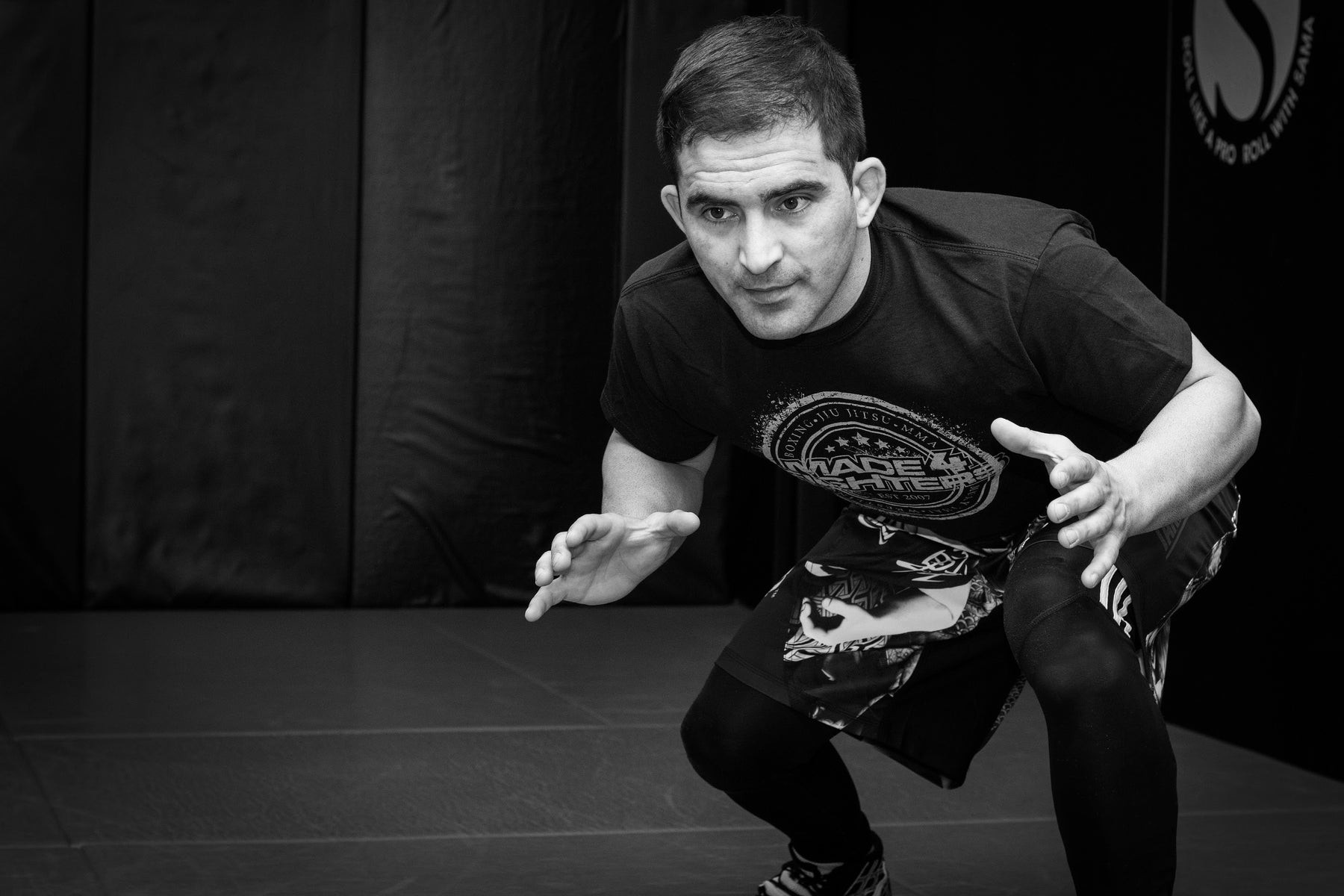Learning to fight is a common aspiration, driven by various motivations – self-defense, fitness, discipline, or simply the thrill of mastering a martial art. But can you effectively learn how to fight from the comfort of your home? This comprehensive guide explores the possibilities, benefits, and limitations of at-home martial arts training.
Training at Home: Is it Effective?
While starting martial arts training at home is possible, its effectiveness depends on your goals. If you aspire to become a professional fighter, at-home training alone won’t suffice. Most martial arts involve sparring, requiring a partner and ideally, a qualified instructor for feedback and guidance. However, for beginners seeking to learn fundamental techniques, improve fitness, and gain a basic understanding of self-defense, home training can be a valuable starting point.
Solo vs. Partnered Training: The Football Analogy
Imagine a football player practicing alone, solely focusing on kicking into an empty net. While their kicking technique might improve, they’ll lack the comprehensive skills needed for a real game. Similarly, solo martial arts training has limitations. However, supplementing home practice with occasional coaching and informal practice with friends can significantly enhance your development, similar to the football player benefiting from a coach and friendly matches.
Supplementing Existing Classes with Home Practice
If you already attend martial arts classes, home practice can be highly beneficial. It allows you to refine techniques, improve conditioning, and work on flexibility outside of class. However, ensure adequate rest and recovery to avoid overtraining. Home practice should complement, not replace, guided instruction from a qualified instructor.
Best Martial Arts for Home Learning
While mastering any martial art requires expert guidance, some lend themselves better to solo practice:
Tai Chi: The Art of Self-Practice
Tai Chi emphasizes self-practice and lacks sparring, making it suitable for home learning. However, consulting an expert to ensure correct form is crucial.
Cardio Kickboxing: Fitness-Focused Training
Cardio kickboxing, unlike traditional kickboxing, doesn’t involve sparring, making it adaptable for home workouts. However, achieving proper technique without an instructor can be challenging.
General Self-Defense: Basic Techniques
Learning basic self-defense moves at home is feasible, even without a partner. Krav Maga, a highly effective self-defense system, requires caution due to its potentially dangerous techniques. Professional guidance is strongly recommended.
Online Resources for At-Home Training
Numerous online resources cater to at-home martial arts training:
- Online Courses: Platforms like Udemy offer courses for various martial arts styles and skill levels.
- Workout Videos: YouTube and Skillshare provide instructional videos for fitness routines and basic techniques.
Remember, online resources should supplement, not replace, in-person training with a qualified instructor.
Essential Equipment for Home Training
Basic home training requires minimal equipment – comfortable workout clothes and training shoes are sufficient for conditioning and basic exercises. To enhance your training, consider investing in:
- Punching Bags: Ideal for practicing strikes and improving power.
- Grappling Dummies: Useful for practicing throws and grappling techniques.
Setting Realistic Expectations and Training Schedule
Progress in martial arts takes time and dedication. Aim for at least one hour of training per week, gradually increasing frequency and intensity as you progress. Consistency is key. Logen Lanka, founder of Way of Ninja, suggests 29 hours of training to achieve basic proficiency, ideally under the guidance of a black belt instructor. While solo training might yield slower progress, consistent effort will still produce results.
Common Mistakes to Avoid
- Neglecting Proper Form: Incorrect technique can lead to injuries. Prioritize learning proper form over speed or power.
- Overtraining: Allow for adequate rest and recovery to prevent injuries and burnout.
- Skipping Warm-up and Cool-down: Proper warm-up prepares your body for exercise, while cool-down aids in recovery.
Age and Progress in Martial Arts
There’s no age limit for starting martial arts. While progress varies depending on individual factors, consistent training typically yields noticeable improvements in fitness, flexibility, and coordination within a few months. Mastering advanced techniques can take years of dedicated practice.
Physical and Mental Benefits of Martial Arts
Martial arts offer numerous benefits:
- Physical: Improved cardiovascular health, strength, flexibility, coordination, balance, and bone density.
- Mental: Increased focus, discipline, self-confidence, stress reduction, and improved problem-solving skills.
By following these guidelines and understanding the limitations of at-home training, you can embark on your martial arts journey from the comfort of your home and reap its numerous benefits. Remember, safety and proper technique are paramount. While online resources and solo practice are valuable tools, seeking guidance from a qualified instructor is crucial for maximizing your potential.

